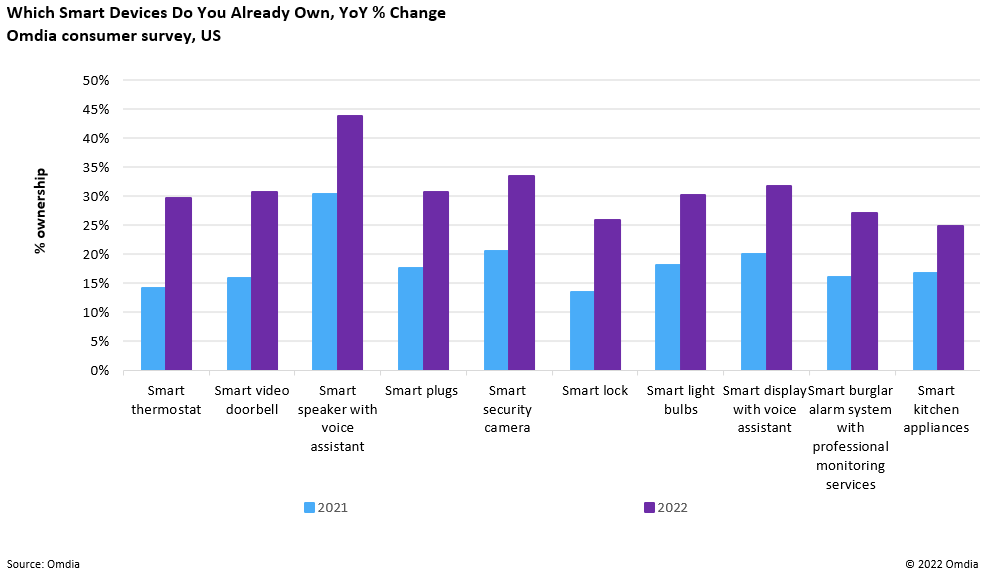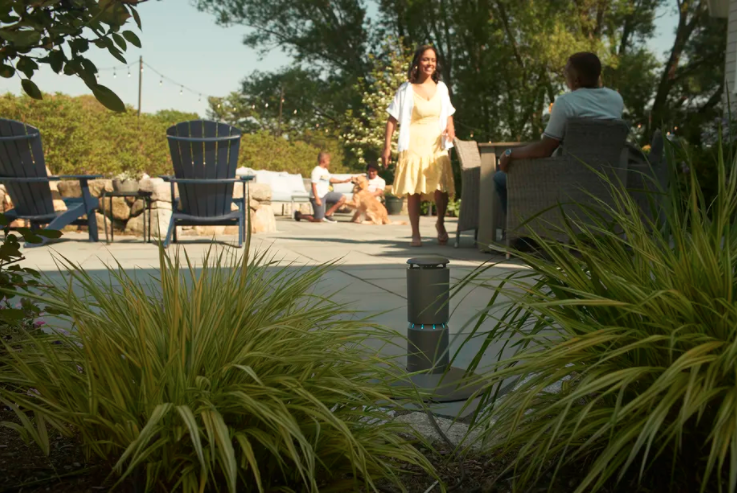This week’s show was recorded on the road, but we still cover all of the big news starting with LoRaWAN network Helium changing its name to Nova Labs and raising $200 million. We then discuss research from MIT that offers privacy for people captured on video and several options for connecting beehives. I then get depressed about a UK startup offering incentives for being healthy, Kevin gets excited about Eufy’s latest combo video doorbell and door lock, and we both try to figure out who the new Arduino Pro Portenta X8 is for. We also discuss a security flaw in Wyze cams, remind people about best practices for securing connected devices and share news that Google is also trying to build the ability to discover Bluetooth trackers into Android. Finally, we answer a listener question about deleting phantom devices from HomeAssistant and Amazon Alexa.

Our guest this week is Doug Stovall, the CEO of Ossia, an over-the-air wireless power company. Ossia’s technology, called Cota, uses the 5.8 GHz spectrum to send 5 watts of power to devices that have a Cota chip and are able to accept it. There’s no charging pad or wire involved.nWe discuss the company’s recent FCC approval, which brings the technology to the U.S., as well as a deal with Archos, a French smart home device maker. Stovall says we’ll see Cota-enabled products in 2023 and maybe a smart home camera in time for the holidays. We dig in on how to think about efficiency when it comes to power delivery and what kind of impact over-the-air wireless could have before we play a game where I say a device and Stovall tells me how it should be powered. Enjoy the show.
Hosts: Stacey Higginbotham and Kevin Tofel
Guest: Doug Stovall, the CEO of Ossia
Sponsors: Save our Standards and RAKwireless
- Helium has a new name, $200 million and a mysterious revenue model.
- What is it about IoT beehives?
- Well, this is an innovation in smart locks.
- Charge a smartwatch over-the-air? Sure.
- Let’s play Name That Power Source.
The post Episode 365: Helium gets a new name and $200 million appeared first on IoT Podcast - Internet of Things.




